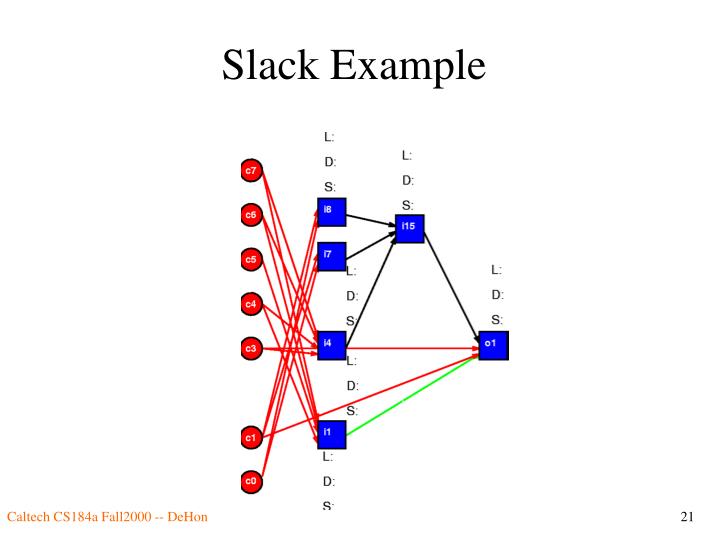

Slack is notorious for having no sales team and no marketing budget, and yet this symbiosis is helping them attract customers effectively. The platform provides a major opportunity for Slack to cross-promote itself on other products, and for these companies to promote themselves to a large, captive audience of enterprise users. Slack: Slack benefits because they can provide a highly customized solution for businesses based on software that that the institution is already using, without the cost of developing a customized IT product for each individual company. Indeed, the company has seen 3.5x annual user growth since the platform launched almost 2 years ago. The benefits of this platform are a tremendous advantage for the company itself, its customers and its platform partners. Pathways to a Just Digital Future Watch this tech inequality series featuring scholars, practitioners, & activists The platform itself is an open forum for developers to build on top of Slack, using the company’s API to integrate tools and features that integrate easily into Slack. These first integrations ultimately served as the underpinning for what eventually became the Slack Platform: a robust ecosystem of bots, analytics, customer service, file sharing and other productivity tools for enterprises. The result of these integrations was an opt-in solution for any company already subscribing to one of these software solutions. These initial partnerships encouraged a select group of enterprise SaaS companies to build integrations directly into Slack to make life easier for professionals to work more seamlessly across products. After a year and a half of pure messaging, Slack started to integrate with common software tools used by many businesses – Dropbox, Box, Github and Zendesk were among the first 3 rd parties to integrate.

Slack has raised over $530M, and is currently valued at $3.8B.Īlthough Slack’s messenger product began as a simple 1-to-1 and 1-to-many group messenger, it quickly expanded its product offerings to help businesses run entirely on the Slack platform. The product and has attracted a cult-like following ever since – to the tune of 4 million total customers and 1.25 million paying customers – who use the product daily. Slack began as a feature rather than a standalone product, but once the company pivoted away from gaming, CEO Stewart Butterfield and the Slack team saw tremendous adoption of messenger.

In an e-mail-driven world, Slack is a multi-faceted messaging platform that rethinks the solution for enterprise communication.


 0 kommentar(er)
0 kommentar(er)
